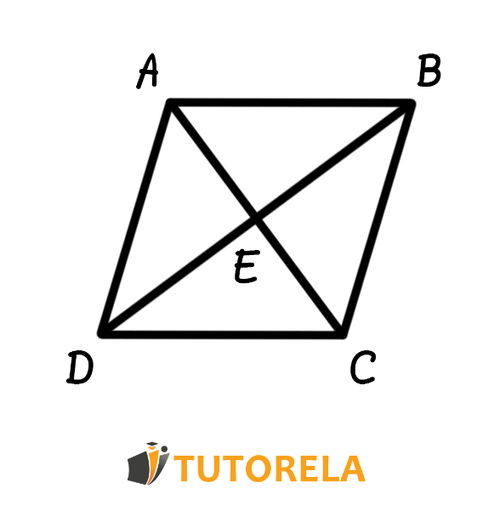The diagonals of a rhombus have 3 properties that we can use without having to prove them:
- The diagonals of a rhombus intersect and bisect each other (meet at their midpoints).
- The diagonals of a rhombus are perpendicular, forming a right angle of degrees.
- The diagonals of a rhombus bisect the angles of the rhombus.
The diagonals of a rhombus have 2 properties that we must prove to use them:
- The diagonals of a rhombus form four congruent triangles.
- The diagonals of a rhombus create equal alternate angles.
Other properties:
- The lengths of the diagonals of a rhombus are not equal. except in a square, where the diagonals are equal."
The product of the diagonals divided by 2 is equal to the area of the rhombus:
Diagonals of a rhombus
